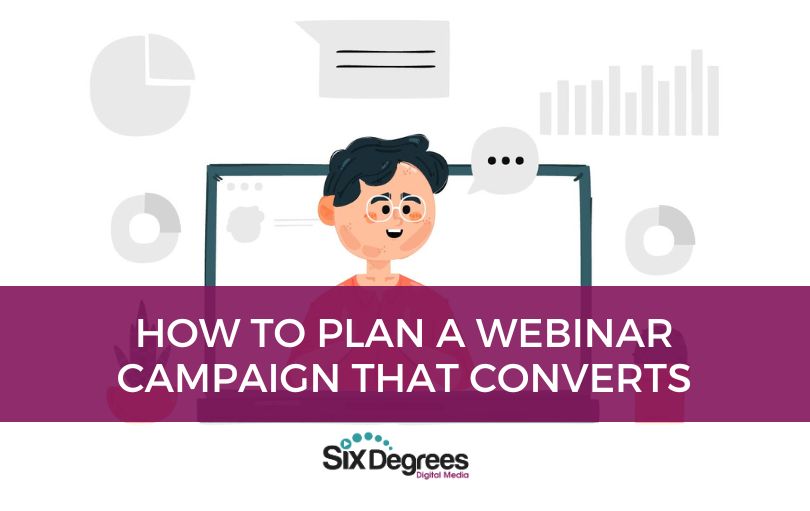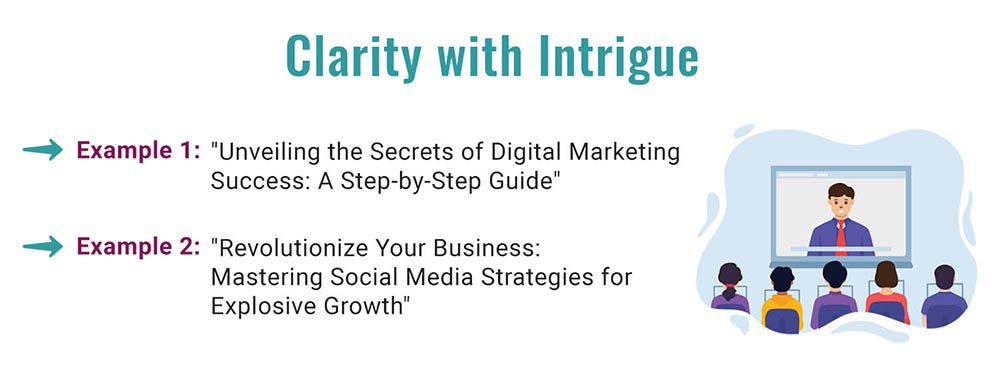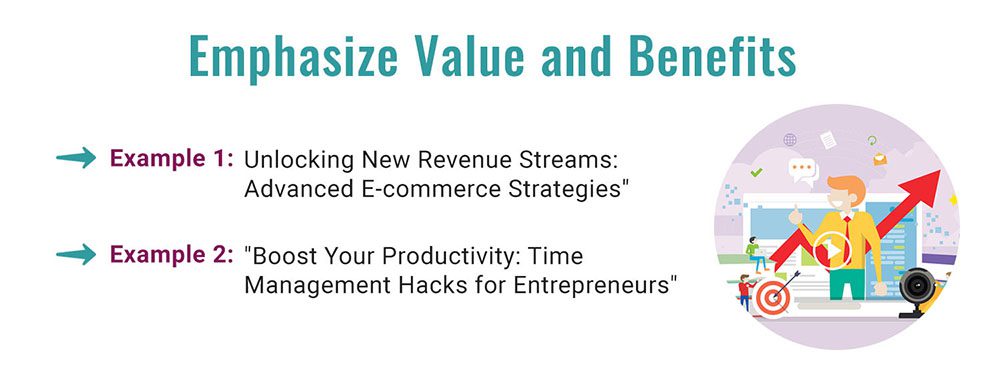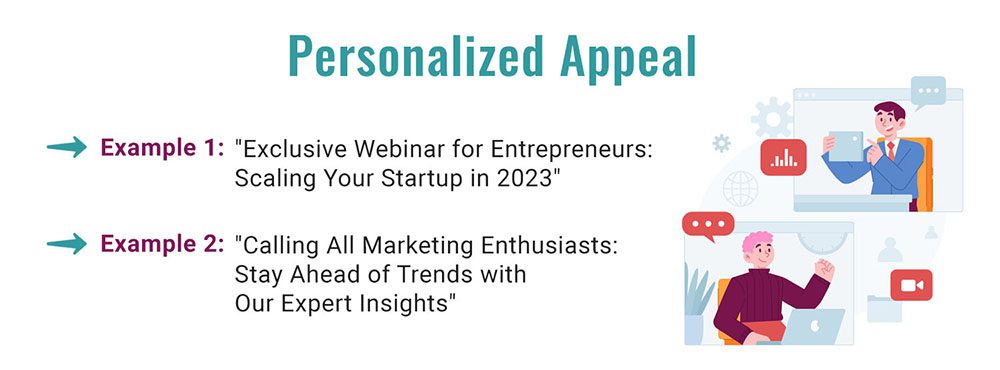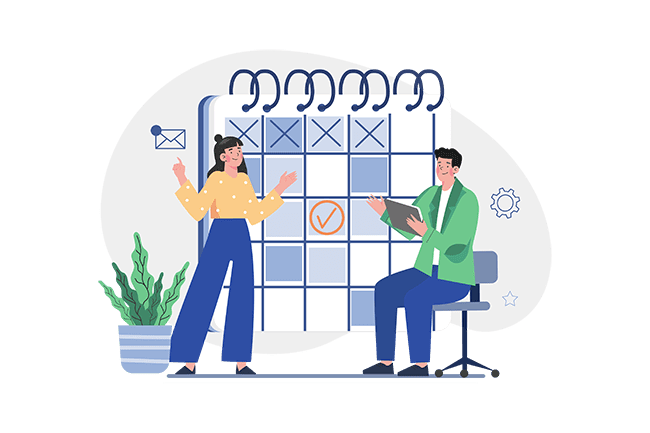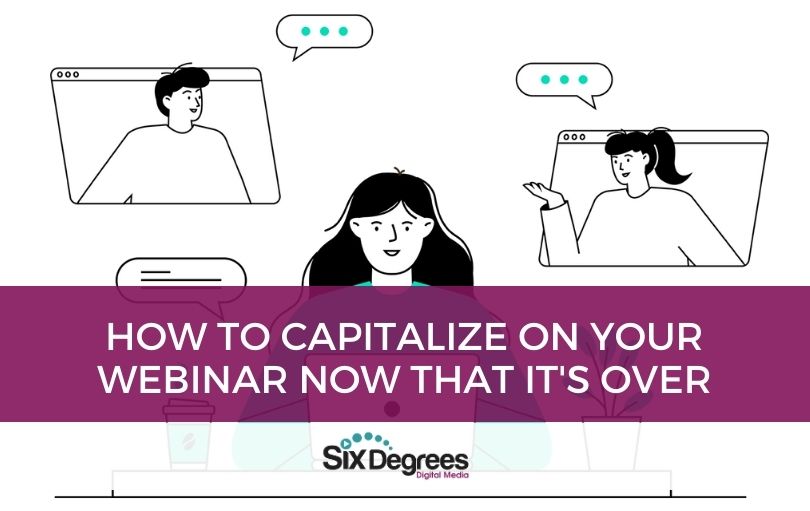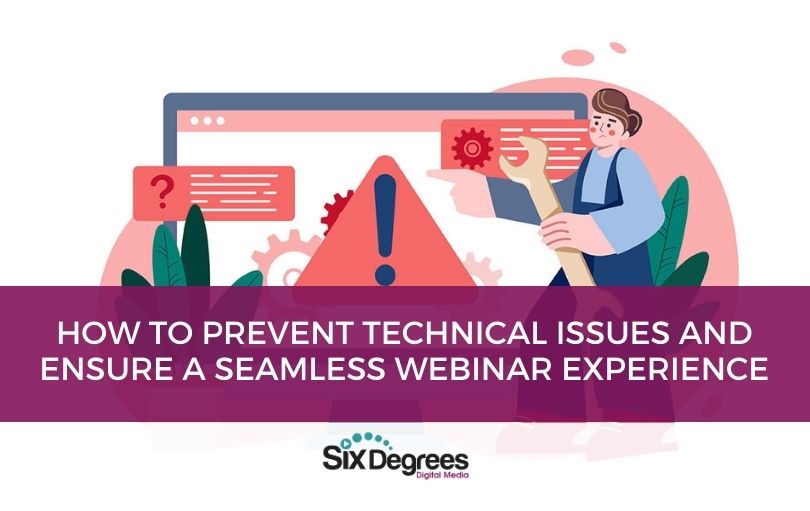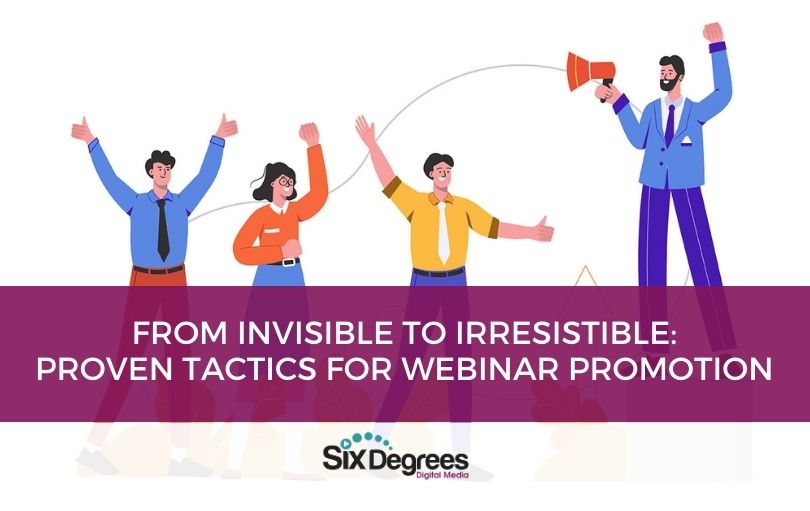Are you finding it challenging to host webinars that truly engage your audience? Lackluster content and uninspiring presentations often result in disinterested attendees, undermining the potential of your message.
Imagine the impact your business could achieve with a captivated audience. Engaging webinars are not just about sharing information; they’re about creating memorable experiences that resonate with your viewers.
If your webinars aren’t leaving a lasting impression, you might be missing out on valuable opportunities to connect with your audience, generate leads, and establish your expertise.
This guide will navigate you through the essential steps of planning a fruitful webinar campaign. By exploring strategies for impactful storytelling, interactive engagement, and compelling visuals, you’ll learn how to craft webinars that captivate your audience’s attention and leave a lasting impact.
Choosing the Right Topic and Format
Key Takeaway:
Remember, the key lies in catering to your audience’s needs and preferences, ensuring your content is not just relevant but also deeply engaging.
Selecting the ideal topic and format for your webinar the cornerstone of a successful event.
It begins with a deep understanding of your audience. Dive into market research, analyze customer feedback, and closely monitor industry trends to identify the pain points, challenges, and emerging topics that resonate with your target demographic.
Addressing issues that matter to your audience not only captures their interest but also positions you as a valuable resource.
When it comes to the format, variety is the spice of a successful webinar campaign. Each format serves a unique purpose, appealing to different learning styles and engagement preferences.
A presentation format is excellent for structured content delivery, allowing you to convey complex ideas in a clear, organized manner.
Panel discussions bring diverse perspectives to the table, fostering dynamic conversations around industry topics.
Q&A sessions promote direct interaction, enabling real-time engagement and addressing specific queries your audience might have.
Workshops offer hands-on learning experiences, allowing participants to apply knowledge immediately.
To make an informed decision, consider conducting surveys or polls among your audience. Gauge their preferences and understand how they prefer to consume information. Some might enjoy in-depth presentations, while others could crave interactive discussions.
By aligning your webinar format with your audience’s learning style, you not only enhance engagement but also create a personalized, impactful experience.
Crafting Compelling Webinar Titles and Descriptions
Compelling webinar titles and descriptions should intrigue, excite, and leave your audience wanting more. Here’s how you can ensure they’re irresistible:
Craft a title that clearly indicates the topic while adding an element of intrigue. Use language that provokes curiosity. The first example promises secrets, while the second implies a transformative experience.
Your description should outline the value attendees will gain. Highlight specific benefits, such as learning advanced strategies or mastering productivity. Use persuasive language to emphasize how attending the webinar will positively impact their lives or businesses.
Personalize the title by addressing your specific audience. Entrepreneurs and marketing enthusiasts feel an immediate connection, making them more likely to register. The inclusivity in the second example encourages a sense of belonging.
Remember, a compelling title and description not only inform but also excite and engage. They should communicate the unique value of your webinar while creating a sense of anticipation. By mastering this crucial aspect, you significantly enhance your webinar’s appeal, ensuring a high turnout and an engaged audience eager to absorb your valuable content.
Selecting the Best Day and Time for Your Audience
Timing is not just a logistical detail; it’s a strategic decision that can significantly impact your webinar’s success. Understanding your audience’s schedules and preferences is key to choosing the perfect slot.
Research Your Audience:
- Example: If your target audience comprises global entrepreneurs, you’ll need to find a time that accommodates various time zones, perhaps opting for a time that falls within standard working hours for multiple regions.
Research the demographics of your audience, including their geographical locations and time zones. If your audience is international, aim for a time that is reasonable for the majority, considering both their local time and common global business hours.
Weekdays:
- Example: Tuesdays and Wednesdays are often cited as ideal weekdays for webinars due to their positioning mid-week. Professionals have settled into the workweek, making time for professional development.
Weekdays, particularly Tuesdays, Wednesdays, and Thursdays, are favored because professionals are generally more engaged and receptive to learning during these days. Avoid Mondays when people are catching up on work, and Fridays when focus might wane as the weekend approaches.
Avoid Conflicts:
- Example: If you’re in the tech industry, avoid scheduling your webinar during major tech conferences when your potential attendees are likely to be occupied elsewhere.
Check industry event calendars to avoid clashes with major conferences, seminars, or holidays relevant to your audience. During busy seasons in specific sectors, professionals might be swamped with projects or events, so steer clear of those periods.
Surveys and Data Analysis:
- Example: Use survey tools to directly ask your audience about their preferred webinar timings. Analyze past webinar attendance data to identify patterns in terms of days and times with higher engagement rates.
Conduct surveys to directly ask your audience about their preferred webinar timings. Alternatively, analyze data from your past webinars to identify patterns. Look for the days and times when you had the most attendees and highest engagement rates. This empirical data provides valuable insights into your audience’s behavior.
Key Takeaway:
Choosing the best day and time ensures that your message captures your audience’s undivided attention, fostering a higher level of engagement and interaction, and ultimately, making your webinar a resounding success.
Ready to turn your webinars into engaging, unforgettable experiences? Schedule a free strategy session with us today and we’ll figure out exactly how you can leverage webinars to supercharge your marketing campaigns.

